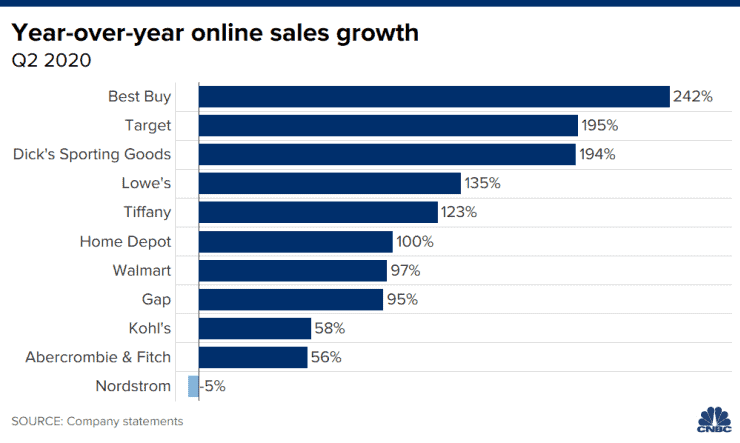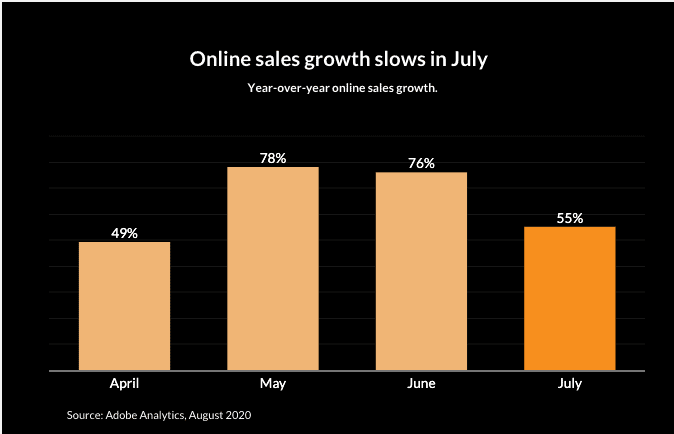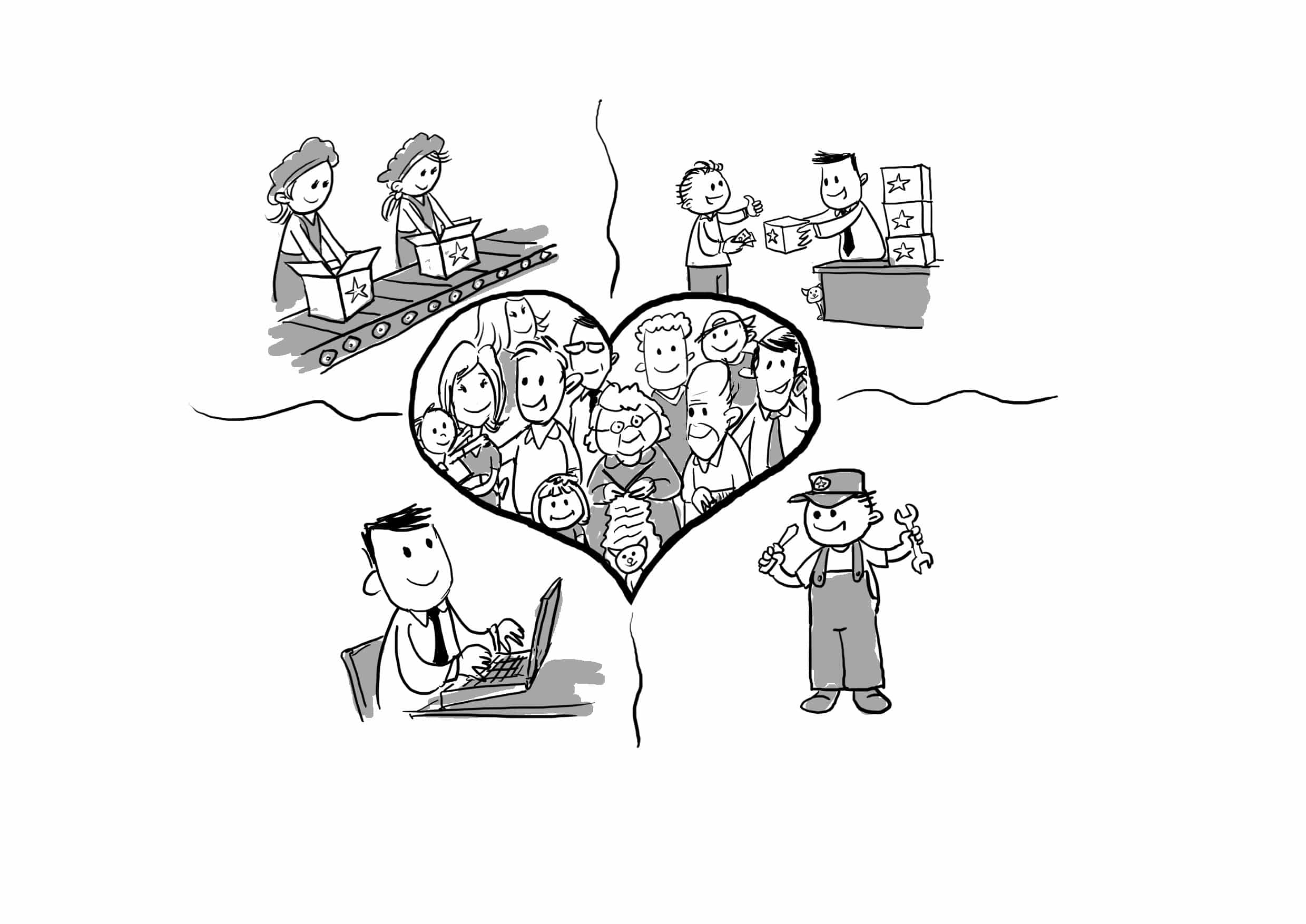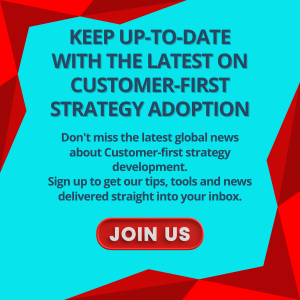Does your company try to cheat your customer?
Is it because you think they won’t notice? Or do you believe that enough people are willing to buy your brand for the first time, that you don’t need to worry about getting that second purchase?
Either way, you haven’t heard that the most important attribute a brand needs to build is trust!
With so many purchases being made online these days, there is a growing number of articles exposing the behaviours of organisations that obviously haven’t adopted a customer-first strategy. Companies who still think it’s OK to try to attract customers and entice people to make that all-important first purchase, with less than honest promises.
I know that this has always been the case in some industries and companies. Brands try to convince people that what they have to offer is exactly what their potential customers need – even when it isn’t. However, in today’s socially connected world, it surprises me that many organisations continue to believe that they can “get away with it” whatever “it” might be!
Perhaps they are not aware of what they are doing. Perhaps they think no one else will notice. Whatever the reasons for such practices, I thought that it is once again time to call them out with some new examples of the more common behaviours. Some of them are even from large global multinationals who should know what they are doing! Such a shame – but it does make for some fun reading!
Dishonest labelling
In many cases, packaging is the first personal contact a customer has with a brand. Whether in advertising or on shelf, based on what they see, people will quickly decide whether or not your brand is worth investigating further. If so, they will read on, or if in-store they will pick it up and read the label, perhaps comparing it to competitive brands.
Here are some examples of the different tricks some brands play in the hope of attracting that first purchase. However, these tricks will only lead to a disappointed purchaser and will rarely lead to repeat purchases.
I know we’re currently in Winter in the Northern Hemisphere and most of us are in lockdown, but we are certainly already dreaming of the day we can get back out and enjoy family bar-b-qs.
And many of us will want a bright and happy design covering our table. This tablecloth looked perfect in the pack, but despite saying it is printed all over, the design is only on the border. It is packed so that only the design shows, so most would never even read the back of pack.
I’m a big fan of L’Oreal and regularly get drawn to their new products. Again I wouldn’t have checked the back of pack to understand the meaning of the word “new” printed on the front label, would you?
Obviously we need to pay more attention to what is written on packs as in this case, … Click to continue reading










 The first “P” stands for people and often this is taken to be “Do you know to whom you are selling?” The answer is always yes and that’s accepted as sufficient.
The first “P” stands for people and often this is taken to be “Do you know to whom you are selling?” The answer is always yes and that’s accepted as sufficient.













